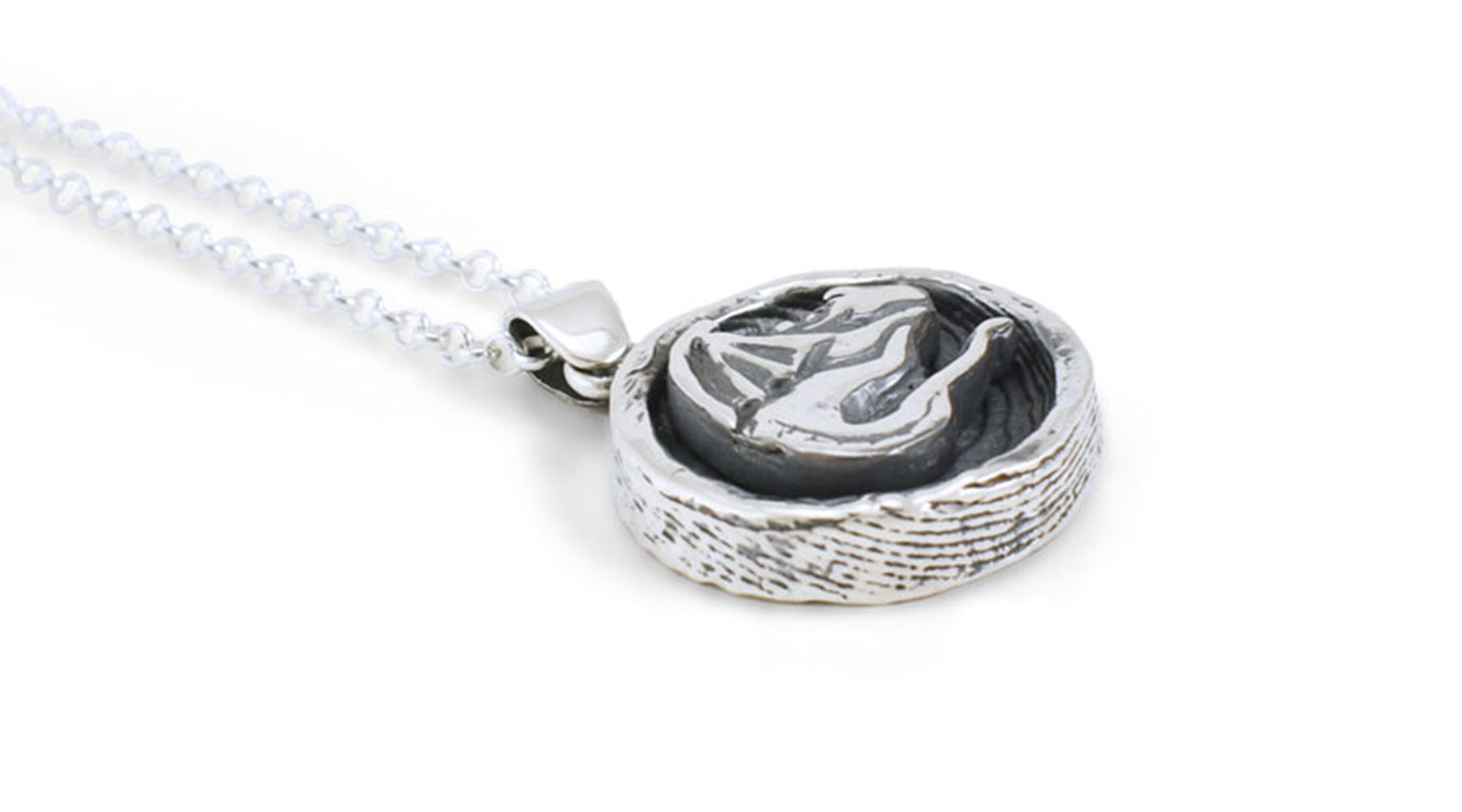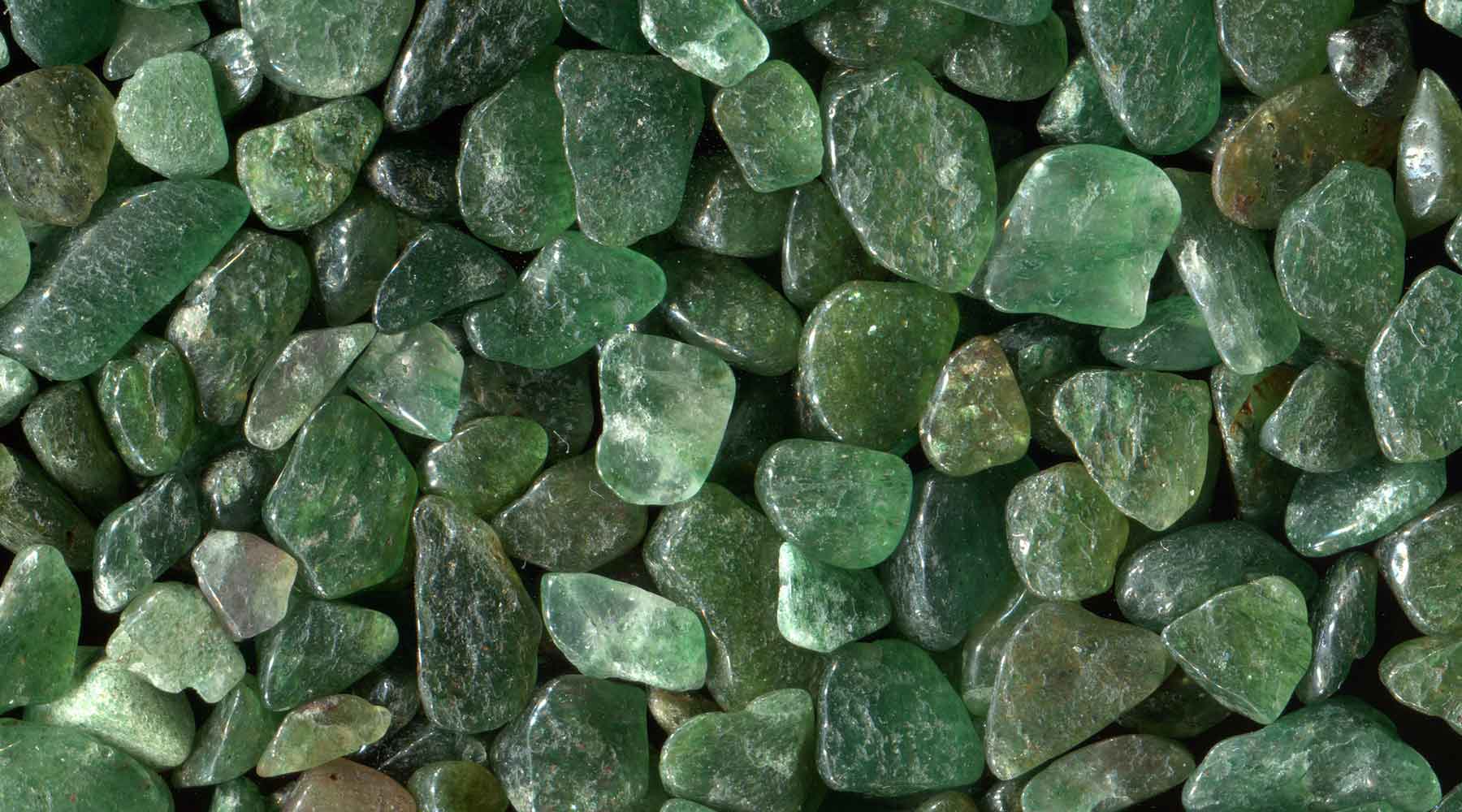Article: What goes into making my Dragon in Cave Pendant

What goes into making my Dragon in Cave Pendant
Have you ever wondered what goes into making jewellery? The thought process behind the design choices, the time and skill involved, and how the materials are chosen?
I’m changing the format of my blog to answer those questions, and let you in on the stories behind the jewellery I make.
I chose to start this series off with a necklace that is new for 2023… but isn’t really new at all.
Confused?
Let me explain. (No. It’s too long. Let me sum up. LOL)
My dragon in cave pendant is new to you this year, but I have been wearing its prototype for years.
It began as a cufflink idea for a project in my second year in the Jewellery and Metals course at school. Yes, you read that right. It was going to be my first foray in to making cufflinks. Scheduling changes meant the class ran short of time, and we were instructed to make a pendant instead. The change was a relief. Don’t get me wrong, I love my little sleeping dragon, but trying to make an exact mirror image? Yikes.
So … pendant. Much better (and less stress for me)
Many of you will recognize the little dragon sleeping in the cave. It looks exactly like my Sleeping Dragon Pendant. However, my Dragon in Cave necklace was the original design.
This year, I added it to my Fairy Tale collection – with a few minor upgrades to fix earlier aesthetic mistakes. (Gotta love that learning curve.)
Diving into what goes into making this piece, I’m going to start with the ‘cave’.
The cave is one of the few cuttlefish cast pieces I have. (If you’re wondering what cuttlefish casting is … simply put, it’s casting molten metal into a mold carved into cuttlefish bone.) For reasons both personal and practical, I no longer use this technique to create new pieces, but the pieces I made in school, like the cave, I molded, allowing me to replicate the original casting.
Here, I’ve injected special wax into the mold. Then using a technique called lost-wax casting, the wax is burnt away and replaced with precious metal. In this case, I used sterling silver.

Pictured: Wax models and molds for dragon in cave pendant

I used the same technique to make the sleeping dragon, except that I originally hand-carved the dragon from wax. I used that original dragon to make its mold.
 Pictured Above: Sleeping Dragon Pendant
Pictured Above: Sleeping Dragon Pendant
Once I have both parts in sterling silver, I solder them together, add a bail, and clean the combined piece up for the final finishing.
The dark cave adds depth to the piece. I deliberately oxidize the silver using something called a patina. This design choice allows me to create a strong contrast between the cave and the high-polished details.
So why use sterling silver? For both you and me, sterling is way more affordable than gold of any karat. Also, the oxidization design element is better suited to silver.
Love an adorable dragon of your own? Maybe you already have a name picked out. You can take your dragon wherever you go.
Find your own dragon in a cave here

 Pictured above: Dragon in Cave Pendant
Pictured above: Dragon in Cave Pendant


Leave a comment
This site is protected by reCAPTCHA and the Google Privacy Policy and Terms of Service apply.